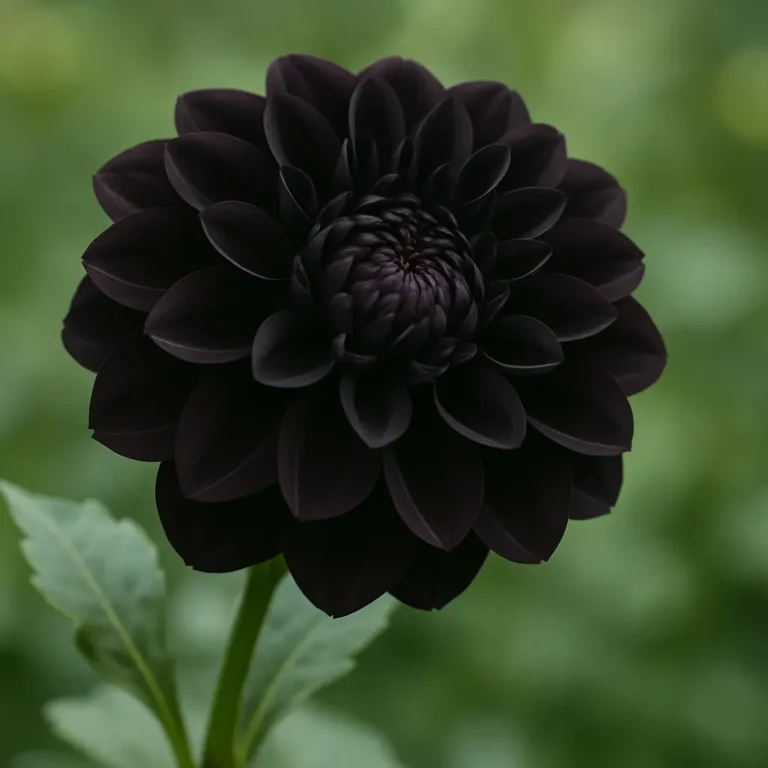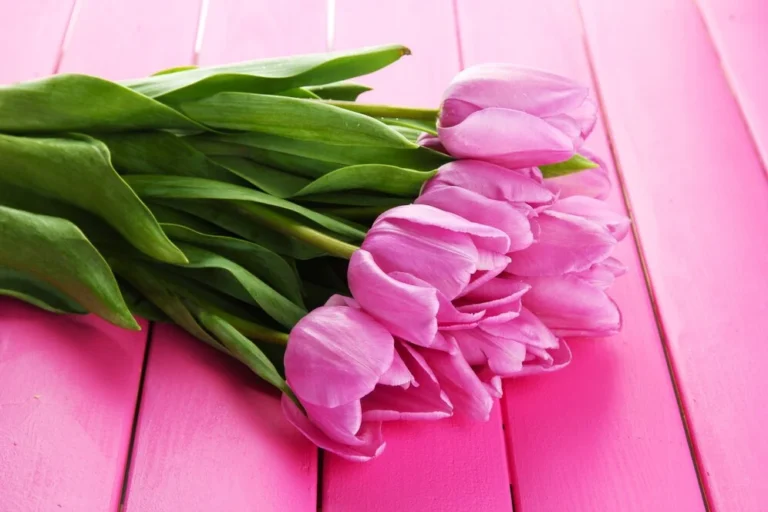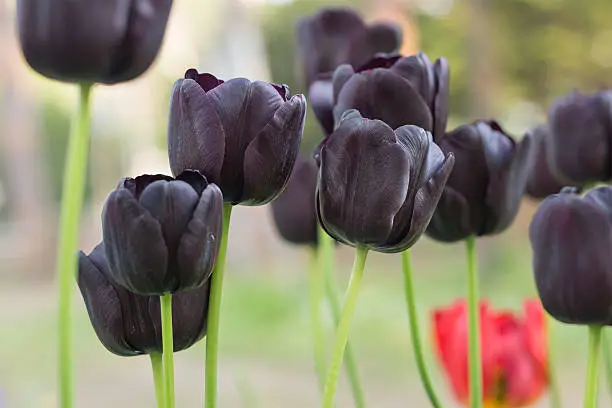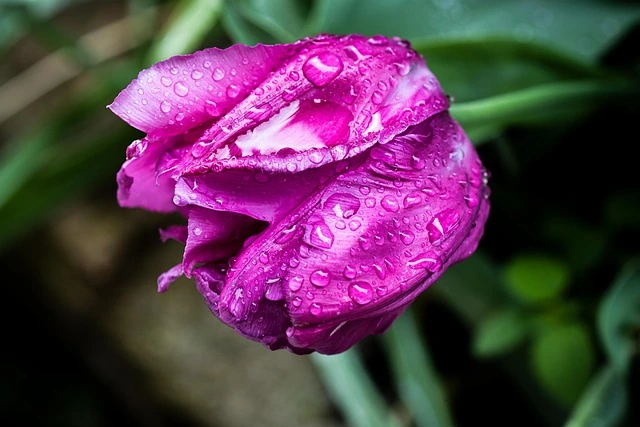Orange Tulips: Ultimate Guide to Growing, Selecting and Enjoying These Vibrant Blooms
Table of Contents
Did you know that orange tulips are among the fastest-growing flower varieties in home gardens, with a 37% increase in popularity over the past two years? While red and yellow tulips have traditionally dominated spring gardens, these vibrant orange beauties are quickly becoming the standout choice for gardeners seeking to make a bold statement.
Orange tulips bring warmth, energy, and enthusiasm to any garden or floral arrangement. Their fiery hues range from soft coral to deep tangerine, making them versatile additions to your outdoor space. In this comprehensive guide, we’ll explore everything you need to know about selecting, growing, and enjoying these stunning spring bloomers.
The Fascinating History of Orange Tulips
Orange tulips have a rich history dating back to the 16th century when tulips were first introduced to Europe from the Ottoman Empire. However, the vibrant orange varieties we know today are largely the result of careful breeding programs in the Netherlands over centuries.
Unlike naturally occurring red and yellow tulip species, orange tulips are typically hybrids, created by crossing different tulip varieties to achieve their distinctive coloration. Their brilliant orange petals contain carotenoid pigments, the same compounds found in carrots and pumpkins.

Popular Orange Tulip Varieties
When selecting orange tulips for your garden, you’ll encounter numerous stunning varieties, each with unique characteristics:
- Orange Emperor – An early-blooming tulip with large, vibrant blooms that reach 16-20 inches in height
- Princess Irene – Features striking purple flames against an orange background
- Ballerina – A lily-flowered tulip with elegant pointed petals in a warm orange hue
- Orange Lion – A double-petaled variety resembling peonies with rich tangerine coloration
- Dordogne – Displays a beautiful blend of orange and pink hues that mature to a deeper orange
Growing Orange Tulips: Essential Care Tips
Orange tulips require specific growing conditions to thrive and produce their vibrant blooms. Follow these expert tips for success:
Planting Time and Location
Plant orange tulip bulbs in fall, approximately 6-8 weeks before the ground freezes. Select a location that receives full sun to partial shade, as adequate sunlight is crucial for developing their vibrant orange color.
Orange tulips perform best in well-draining soil with a neutral to slightly acidic pH. Poor drainage can cause bulbs to rot, so consider adding compost or sand to heavy clay soils.
Planting Depth and Spacing
Plant orange tulip bulbs approximately 6-8 inches deep (measuring from the bottom of the bulb) and space them 4-6 inches apart. Planting at the proper depth protects bulbs from temperature fluctuations and promotes better blooming.
Watering and Fertilization
After planting orange tulips, water thoroughly to settle the soil around the bulbs. During the growing season, provide about one inch of water weekly if rainfall is insufficient. Apply a balanced bulb fertilizer in early spring when shoots first appear and again after flowering.
Common Problems and Solutions
Even with proper care, orange tulips may face certain challenges:
- Tulip Fire – This fungal disease causes distorted growth and brown spots. Remove and destroy affected plants and avoid planting tulips in the same location for several years.
- Bulb Rot – Excessive moisture can cause bulbs to rot. Ensure proper drainage and avoid overwatering.
- Pests – Squirrels, mice, and voles may dig up and eat tulip bulbs. Consider planting bulbs in wire cages or interplanting with daffodils, which pests tend to avoid.
Using Orange Tulips in Garden Design
Orange tulips create stunning visual impact in garden designs when thoughtfully incorporated:
Color Combinations
Orange tulips pair beautifully with complementary colors like blue and purple, creating dramatic contrast. Consider planting them with grape hyacinths or forget-me-nots for a striking effect. For a harmonious look, combine orange tulips with other warm colors like yellow daffodils or red tulips.
Design Applications
Plant orange tulips in clusters of 7-12 bulbs for maximum impact rather than in single rows. They make excellent border plants, container specimens, or focal points in spring gardens. Consider layering different varieties of orange tulips with varying bloom times to extend your display throughout spring.
Cutting and Arranging Orange Tulips
Orange tulips make spectacular cut flowers, bringing springtime joy indoors:
- Cut stems in the morning when flowers are still closed but showing color
- Cut stems at an angle and remove any foliage that would sit below the waterline
- Place in cool water with floral preservative
- Keep arrangement away from fruit (which releases ethylene gas that shortens vase life)
- Change water every two days to maximize longevity
Orange tulips typically last 5-7 days in a vase. For longer-lasting arrangements, select stems with buds that are just beginning to show color rather than fully open blooms.

Frequently Asked Questions About Orange Tulips
Q: Are orange tulips perennial?
While all tulips are technically perennials, many modern hybrid orange tulips perform best in their first year and may decline in subsequent seasons. Species tulips and certain Darwin hybrids tend to perennialize better than others.
Q: When do orange tulips typically bloom?
Depending on the variety and your climate zone, orange tulips generally bloom from mid to late spring. By selecting early, mid, and late-season varieties, you can enjoy orange tulips for several weeks.
Q: Can I grow orange tulips in containers?
Absolutely! Orange tulips perform excellently in containers. Use a pot at least 12 inches deep with drainage holes, high-quality potting mix, and plant bulbs closer together than in garden beds (about 3 inches apart) for a fuller display.
Q: What do orange tulips symbolize?
Orange tulips symbolize enthusiasm, energy, and fascination. They’re perfect for conveying feelings of happiness, warmth, and optimism, making them excellent gifts for celebrations or to brighten someone’s day.
Embracing the Vibrant Beauty of Orange Tulips
Whether you’re an experienced gardener or just beginning your gardening journey, orange tulips offer an accessible way to introduce bold color and cheer to your spring landscape. Their vibrant hues and relatively easy care requirements make them perfect for gardeners of all skill levels.
By following the guidelines in this article, you’ll be well-equipped to select, plant, and care for these magnificent spring bloomers. As you plan your garden this season, consider making space for orange tulips – their fiery presence is sure to bring joy and visual interest to your outdoor space for years to come.
What orange tulip varieties are you planning to plant this season? Share your favorites in the comments below!
Share Your Opinion,Did You Find The Article Helpful ?
There are no reviews yet. Be the first one to write one.






